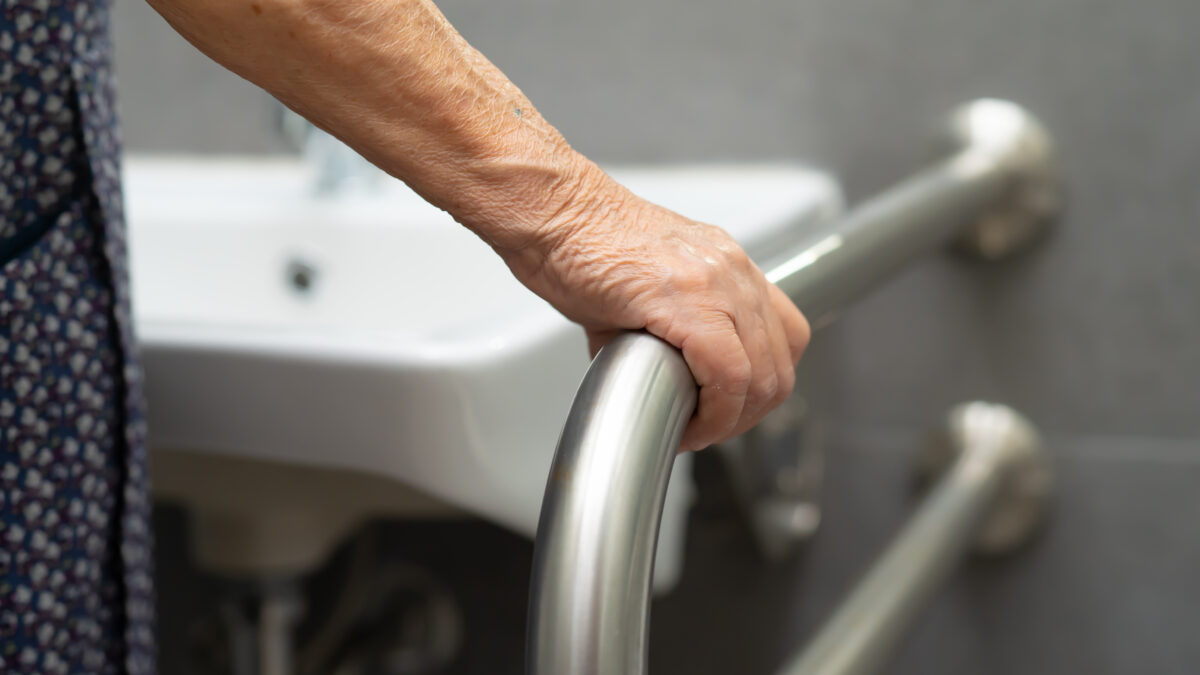Parkinson’s symptoms can manifest in tremors, stiffness, and challenges with balance and coordination, all of which profoundly impact how individuals sit, move, and interact with their environment.
What is Parkinson’s?
Parkinson’s disease is a progressive nervous system disorder that primarily affects movement. It occurs when nerve cells in the brain, specifically those responsible for producing dopamine, become damaged or die. Dopamine is a neurotransmitter that plays a crucial role in regulating movement, and its deficiency leads to the motor symptoms associated with Parkinson’s, such as tremors, rigidity, bradykinesia (slowness of movement), and postural instability.
Aside from motor symptoms, Parkinson’s can also cause a range of non-motor symptoms, including cognitive changes, mood disorders, sleep disturbances, and autonomic dysfunction. These symptoms vary in severity and can significantly affect an individual’s quality of life.
Having the Right Mobility Device for Parkinson’s
Maintaining mobility and independence is paramount for individuals living with Parkinson’s disease. While there’s no cure for the condition, there are various strategies and assistive devices that can help manage symptoms and improve quality of life. One essential aspect is ensuring the home environment is safe and supportive for everyday activities.
Making Your Home Safer
- Clear Pathways
Remove clutter and obstacles from walkways to prevent tripping hazards. Consider rearranging furniture to create wide, open spaces that facilitate movement. - Non-Slip Flooring
Install non-slip flooring, particularly in areas prone to spills or moisture like the kitchen and bathroom. Secure rugs with double-sided tape to prevent slipping. - Handrails and Grab Bars
Install handrails along staircases and in bathrooms to provide stability and support. Grab bars in the shower and near the toilet can help prevent falls. - Proper Lighting
Ensure adequate lighting throughout the home, especially in areas where tasks requiring precision or balance are performed. Good lighting can help individuals with Parkinson’s navigate their surroundings more safely. - The Right Mobility Devices
One notable mobility device designed specifically for individuals with Parkinson’s disease is the U-Step Neuro Walker. Unlike traditional walkers, the U-Step incorporates innovative features tailored to address the unique challenges posed by Parkinson’s symptoms. By investing in the right mobility device and implementing home modifications to enhance safety and accessibility, individuals with Parkinson’s disease can continue to lead fulfilling and independent lives despite the challenges posed by their condition.
Guest written by Jamie Vela-Bassett PT, Freedom Mobility Solutions

